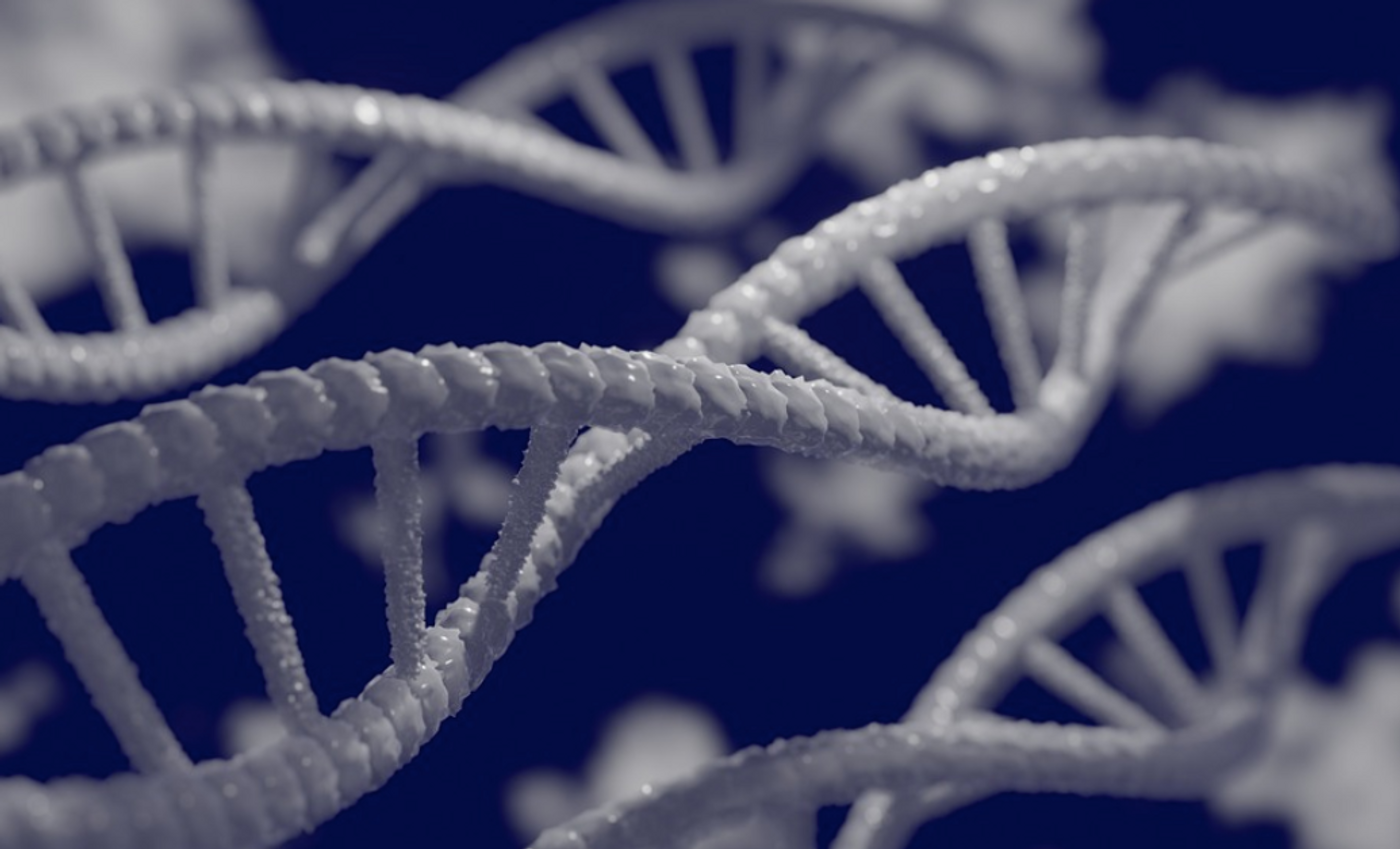New Tool Makes it Possible to Model Many Mutations in One Animal
Genetic editing is an invaluable tool in biomedical research. Scientists have been able to engineer the genomes of a variety of animals, including fruit flies, zebrafish, and mice, to model diseases that originate with genetic errors, or to eliminate the expression of a gene to understand how it functions normally. However, this does not always capture the situation in a human patient, who may carry a variety of genetic mutations that all contribute in some way to a health condition. Scientists have now created a method that uses the CRISPR-Cas gene editing system to make dozens of genetic changes in the cells of one animal, forming a kind of mosaic. Although only one gene is mutated in each cell, different genes are expressed in different ways in different cell types. Cells can also be analyzed individually, so many genetic changes can now be studied in the context of one experiment. The work, which showed how this tool can be used in adult mice, has been reported in Nature.
In this work, an infectious but harmless viral vector called an adeno-associated virus (AAV) was used to deliver the gene editing reagents to cells, and they can target specific organs. The virus can be modified depending on which gene is targeted, and a mixture of viruses can then be delivered to the animal. In this effort, the investigators altered a variety of genes in the brains of mice.
The research focused on 22q11.2 deletion syndrome, in which patients are affected by range of issues from autism spectrum disorder (ASD) to schizophrenia. Changes in a genetic region that contains 106 different genes are thought to contribute to this syndrome; it has been unclear which genes exactly are related to the disorder.
For this research, 29 genes that are in this part of the genome and are also found in mice were selected for editing. In individual mouse brain cells, one of the genes was edited; the researchers could then assess the gene transcripts in each cell.
The work revealed that three of the 29 genes can play a significant role in brain cell dysfunction. Gene expression patterns in the altered mouse brain cells were also similar to those seen in ASD and schizophrenia patients. Two of these genes have been identified in previous work but the other gene has not been identified before this. This study may help open up new treatment options.
The method can also now be applied to other disorders in which many genes are involved, which is true of a variety of serious conditions. It may be possible to edit over a hundred genes with this tool.
"It's a big advantage that we can now do these analyses in living organisms, because cells behave differently in culture to how they do as part of a living body," noted first study author António Santinha, a doctoral student in the lab of corresponding study author Randall Platt, a Professor at ETH Zurich.
ETH Zurich is now seeking a patent for this technology.
Sources: ETH Zurich, Nature


![WGS for rare disease diagnosis [eBook]](https://d3bkbkx82g74b8.cloudfront.net/eyJidWNrZXQiOiJsYWJyb290cy1pbWFnZXMiLCJrZXkiOiJjb250ZW50X2FydGljbGVfcHJvZmlsZV9pbWFnZV84MmRlM2UyYjA5M2Q3ZTYwOTI3Zjc1YTRjOWU2N2RmMjkzMThjMTJkXzI1MDcucG5nIiwiZWRpdHMiOnsidG9Gb3JtYXQiOiJqcGciLCJyZXNpemUiOnsid2lkdGgiOjcwMCwiaGVpZ2h0IjozNTAsImZpdCI6ImNvdmVyIiwicG9zaXRpb24iOiJjZW50ZXIiLCJiYWNrZ3JvdW5kIjoiI2ZmZiJ9LCJmbGF0dGVuIjp7ImJhY2tncm91bmQiOiIjZmZmIn19fQ==)






